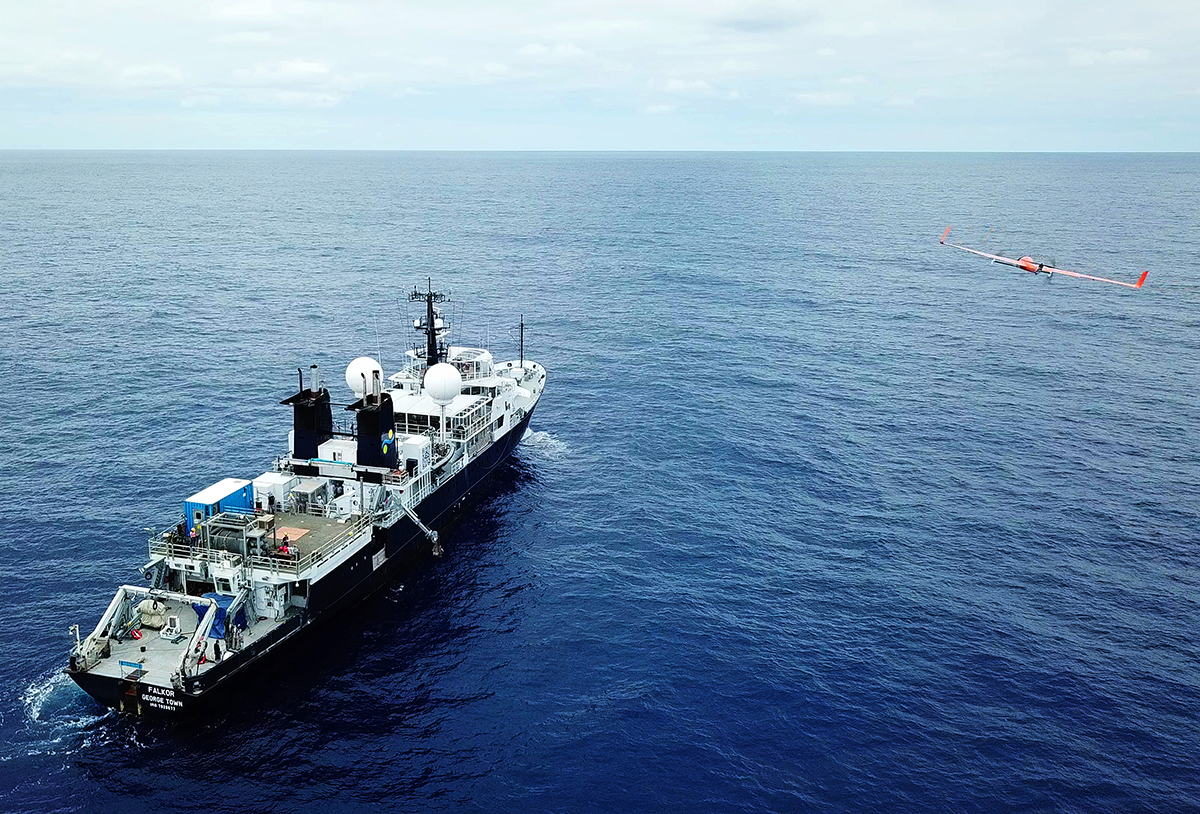Over the last couple of years, we’ve covered the rapid transformation of drone technology and the development and commercial deployment of new UAV designs. Of particular focus has been around innovations that increase TiTA (Time in The Air) and offer multi-function platforms in one vehicle, which is something FlightWave Aerospace Inc. has been working on since the company was founded. Creating aircraft that can fly farther and longer has clearly been a priority for FlightWave, but one of their latest innovations designed to overcome the inherent limitations that quadcopters create with TiTA caught our eye.
The tiltpod is a revolutionary new modular component that enables takeoff and landing in a two square meter (roughly 21 sq feet) surface and can enable flight as fast as a fix wing aircraft. It allows an aircraft to hover without tilting its whole body forward. Trent Lukaczyk, the Co-Founder and Chief Technology Officer at FlightWave, talked to us about what makes this component so different and revolutionary.“FlightWave is focused on thinking beyond the quadcopter; instead we’re concentrating on a new modular component called a tiltpod," Trent told Commercial UAV News. "We want to develop new modes of flight, and try to come up with innovations that will overcome the inherent limitations of the quadcopter.”With a degree in aerospace engineering, Lukaczyk and his team are spending a lot of R&D resources in developing platforms that can fly for hours and at the same time overcome the limitations of inclement flying conditions and limited landing areas.“UAV’s should be able to fly regardless of the weather and we’re determined to find a configuration that would enable our customers to perform their missions under very difficult conditions and for longer periods of time," Trent continued. "We do this by posing some essential 'what if' questions that few people are really thinking about."Some of those questions have the FlightWave team asking what would happen if they could free drones from the need to pitch and roll to translate horizontally. That would liberate engineers from having to add extra motors to stabilize important payloads like cameras. They also asked whether or not it was possible to make a drone fly like it’s skating around on an air hockey table. What kind of opportunities would be opened up by doing so?Grappling with these questions has enabled FlightWave engineers to come up with some cool answers. The new tiltpod is simply a compact motor, propeller and servo with a thrusting and tilting function. It enables an aircraft to hover without tilting its whole body forward. Lukaczyk says this will enable pilots to eliminate pitch and roll – instead of tilting the aircraft, only the motor would need to be tilted. In essence, he believes the tiltpod is going to drive the development of the next generation of drones that can offer revolutionary solutions to a wide range of industries. Among them:- Fieldwork in agriculture, forestry, geography, geology and marine biology
- Indoor environments like warehouses and manufacturing plants (the tiltpod enables quick movement combined with combined with finely tuned, precision control in very tight spaces)
- Outdoor construction projects (Goldman Sachs estimates that the construction industry will adopt drone usage more rapidly than any other commercial industry)















Comments